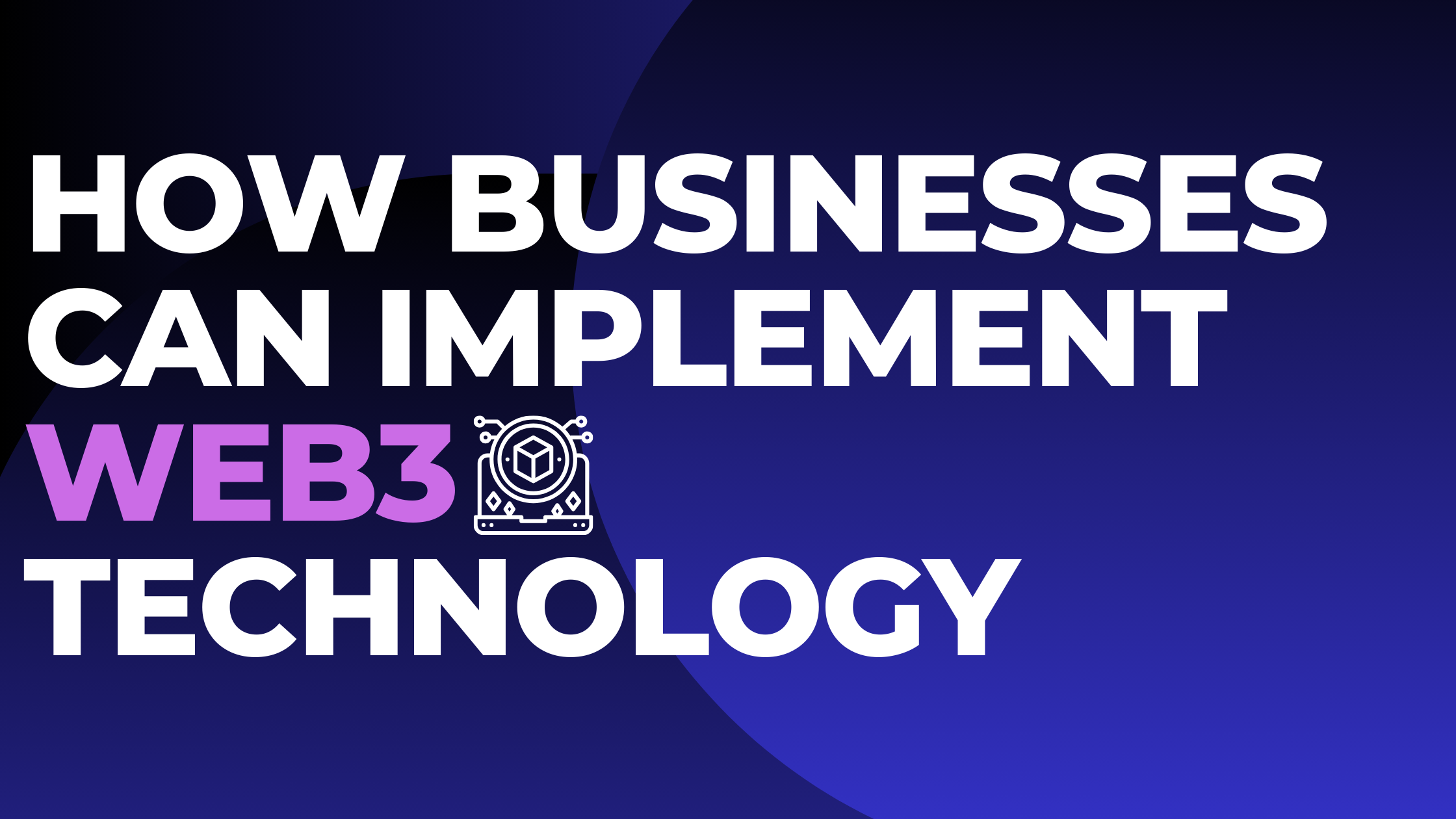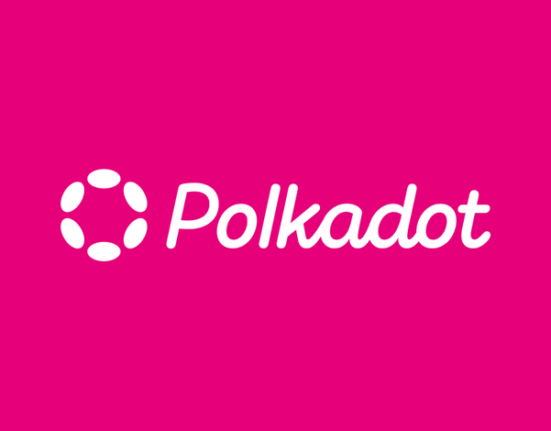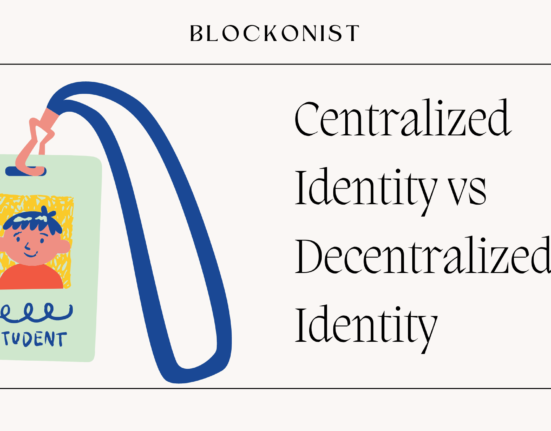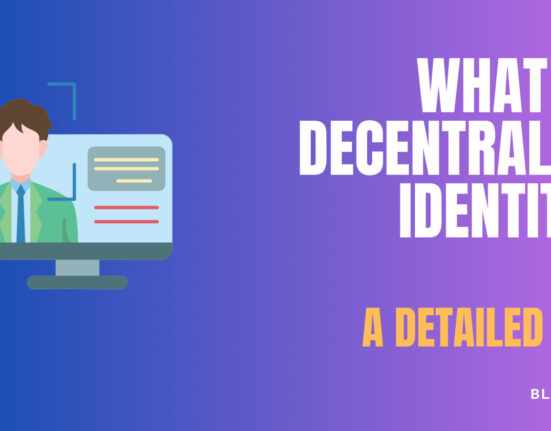The internet is evolving rapidly into an open, decentralized web3 that runs on blockchains and gives power back to users. For businesses, web3 unlocks game-changing opportunities to innovate in the digital economy. Implementing web3 can help companies optimize operations, create new revenue streams, establish direct relationships with customers, and future-proof for the next era of technological advancement. This comprehensive guide will explain what web3 is, its key components like cryptocurrencies, NFTs, and DAOs, as well as practical strategies and steps enterprises can take to leverage web3. Businesses that strategically adopt web3 will be poised to capture value and thrive in the internet of the future.
Web3 is the next evolution of the internet that incorporates concepts like decentralization, blockchain technology, and token-based economics. For businesses, web3 unlocks new opportunities for innovation, value creation, and connecting with customers. This guide will provide a comprehensive overview of what web3 is, its key components, and how businesses of all sizes can start leveraging web3 technology.
Contents
What is Web3?
Web3 refers to the next generation of internet services and applications that leverage blockchain technology and decentralization. While web1 was about static web pages and web2 brought social media, user-generated content, and cloud applications, web3 aims to give users more control, ownership, and ability to monetize their data and interactions.
Some key characteristics of web3 include:
- Decentralization – Rather than being controlled by a single entity, web3 utilizes open and transparent blockchain protocols. This shifts power away from centralized intermediaries.
- Ownership – Web3 uses tokens and blockchain-based accounts, allowing users to truly own their digital assets, data, and identities.
- Trust minimization – Web3 relies on cryptographic verification rather than trusting a central authority. Smart contracts automate processes according to predefined rules.
- Participation incentives – Web3 has built-in incentive structures like tokens and rewards that encourage participation and engagement.
- Openness – Web3 is open for anyone to build on or innovate with permissionless systems and composable services.
Core Components of Web3
There are some foundational technologies and concepts that enable the key characteristics of web3. Here are some of the core components:
Blockchain
Blockchain serves as the backbone for decentralized apps and services in web3. A blockchain is an open, transparent ledger that records transactions and data in a verifiable and permanent way. Some of the most prominent blockchain platforms used in web3 include Ethereum, Polkadot, Cosmos, and Solana.
Cryptocurrencies
Native cryptocurrencies like Bitcoin and Ether serve various functions in web3 – from means of exchange, to governance tokens, to incentivization vehicles. Payments, transactions, and ownership in web3 are managed through crypto tokens. Stablecoins like USDC provide price-stable digital currencies.
Decentralized Finance (DeFi)
DeFi refers to financial services and products built on blockchain networks that have no central intermediaries. DeFi offers things like lending/borrowing, derivatives, trading, earnings through yield farming, and more – all in a permissionless, interoperable manner.
Non-Fungible Tokens (NFTs)
NFTs allow for programmable digital scarcity and verifiable ownership of unique items. NFTs are used for digital art/collectibles, gaming assets,tickets/passes, credentials, and more. NFT marketplaces like OpenSea have emerged for trading these tokenized assets.
Decentralized Autonomous Organizations (DAOs)
DAOs are organizations that are governed and operated through rules encoded on a blockchain, rather than by centralized management. DAOs align incentives through crypto tokens and enable collective ownership.
Decentralized Storage
In web3, data storage and cloud services are decentralized through networks like Filecoin, Arweave, and Skynet. This provides verifiably tamper-proof data storage without central servers.
Decentralized Identity
With self-sovereign identity systems, users control their digital IDs and data, rather than relying on government or tech platforms. This brings verifiable digital identity to web3.
Key Benefits of Web3 for Businesses
Adopting web3 can provide a variety of technology, operational, and strategic benefits for enterprises across industries. Here are some of the key benefits:
- Increased efficiency – Blockchain-based systems and decentralized workflows can optimize operations, reduce costs, and remove unnecessary intermediaries.
- New revenue streams – Web3 enables new earnign opportunities like DeFi yield, NFT sales, tokenized licenses/subscriptions, etc. New incentive structures can also boost engagement.
- Enhanced transparency – Leveraging blockchain’s transparent and immutable records can build trust with customers and improve data sharing across partners.
- Improved innovation – Open and composable systems allow faster application development and innovation. The decentralized nature unlocks new product ideas.
- Direct customer relationships – Through decentralized identity and tokenized assets, businesses can build direct relationships with customers rather than through intermediaries.
- Better risk management – Cryptographic security, smart contracts for automated rule-based transactions, and decentralized data storage limit risks like fraud and data loss.
- Access to global capital – Launching tokenized assets and services can open up new global capital opportunities like through DeFi and token offerings.
- Future-readiness – Web3 is the next phase of technological evolution. Adopting it early prepares businesses for the future shape of the internet economy.
Web3 Implementation Paths for Businesses
There are several paths companies can take to start leveraging web3 – from basic onboarding to blockchain integration:
Onboarding to Crypto Payments
One easy starting point is accepting cryptocurrency payments from customers. This provides a frictionless entry to onboarding crypto users while also future-proofing for web3 adoption.
Launching a Tokenized Asset
Tokenizing physical or digital assets allows their fractional ownership and tradeability through blockchain. This helps expand addressable markets for previously illiquid assets.
Leveraging DeFi
Businesses can optimize treasury management and financing by tapping into DeFi for superior returns through yield or flash loans for capital efficiency.
Building on a Blockchain
Enterprises can build decentralized applications on smart contract platforms like Ethereum, Flow, or Cardano that unlock web3 functionality for customers.
Launching a DAO
For use cases like community ownership/governance, a DAO allows decentralized and transparent administration through software rules. Brands can even partner with or integrate existing DAOs.
Hosting on Decentralized Storage
Using decentralized storage solutions brings benefits like reducing server costs, enhancing data privacy, and improving resilience against outages.
Managing Supply Chain via Blockchain
Blockchain’s ability to immutably track items across parties makes it ideal for supply chain management, improving transparency and efficiency.
Leveraging Self-Sovereign Identity
Through decentralized identity platforms, customers can selectively disclose information to access services rather than surrendering personal data.
Launching an NFT Collection
NFTs open up new business models like offering digital collectibles, memberships, ticketing, in-game items, badges, etc. while aligning with web3 ethos.
Web3 Technology Stack for Enterprises
Successfully leveraging web3 requires assembling the right technology building blocks. Here is an overview of the key elements of a web3 technology stack:
Blockchain Platform like Ethereum, Polkadot, Flow – the foundational protocol for decentralized apps and services
Scalability Solutions like sidechains, ZK-Rollups, Optimistic Rollups – improve transaction throughput and bring down costs
Cloud Services like Akash, Ankr – provide serverless cloud computing capacity
Storage Systems e.g. Arweave, Storj, Sia – offer resilient decentralized data storage
Stablecoins like USDC, DAI, Tether – enable stable programmable money
Key Management like Torus, Venly, Fireblocks – securely manage private keys and crypto wallets
Identity Systems e.g. Ceramic IDX, Veramo, Polygon ID – enable user owned identities
Oracles like Chainlink, Band Protocol – securely bridge external data to blockchains
IoT Middleware like Helium,exonum – connect Internet-of-Things devices to blockchain
Token Standards like ERC-20, ERC-721 – issue and manage fungible, non-fungible tokens
Development Tools/Frameworks e.g. Hardhat, Truffle, Ethers.js – build and deploy smart contracts
DAOs/Governance tools like Aragon, Colony, DAOstack – create decentralized autonomous organizations
Implementing Web3: Key Steps
For enterprises looking to make web3 a reality, here is a phased approach:
Research & Evaluation
- Assess web3 opportunities relevant to your business
- Benchmark solutions, protocols, and platforms
- Model costs, benefits, and ROI
Planning & Scoping
- Define objectives, success metrics, and milestones
- Detail requirements for capabilities, integrations, data needs
- Make strategic technology choices
- Conduct security evaluations and audits
Development & Testing
- Assemble internal/external development resources
- Build MVP version on testnets before mainnet deployment
- Rigorously test functionality, security, performance
Deployment & Integration
- Integrate with legacy systems like CRM, ERP, analytics
- Provide easy onboarding for customers to new web3 services
- Develop operational procedures for blockchain-based workflows
Launch & Iteration
- Gradually roll out services to portions of customer base to test adoption and collect feedback
- Encourage usage through incentives and training resources
- Continuously iterate products based on user data and metrics
Ongoing Management
- Monitor functionality, resource usage, security issues
- Upgrade platforms and applications to leverage newer innovations
- Ensure compliance as regulations evolve around crypto and blockchain
- Regularly assess performance against KPIs, costs, and targets
Governance Considerations for Web3 Adoption
To successfully operate in and govern web3 ecosystems, enterprises should embrace new decentralized models:
- Evaluate risks and benefits before surrendering control to DAOs
- Understand implications of irrevocable smart contracts
- Analyze token economics and incentive structures
- Plan for scenarios like forks that can split communities
- Develop processes for transparent off-chain decision discussions
- Figure out role, rights of anonymous participants
- Install safeguards against speculation that distorts utility
- Formulate dispute resolution mechanisms for conflicts
The Future of Web3
Web3 is still in its early stages but shows massive promise to transform the internet into a user-owned network that reshapes information, commerce, identity, community, ownership, value. Businesses that dismiss web3 as hype or a passing fad run the risk of being left behind and rendered obsolete as the internet evolves. But companies that can position themselves on the right side of this change have huge opportunities to tap into new models for creating and capturing value.
Here are some predictions for the decade ahead:
- Web3 becomes mainstream with billions of users globally
- Open metaverse platforms blur digital and physical worlds
- DeFi and tokenized assets reach multi-trillion dollar scale
- DAOs manage communities at scale across industries
- User-controlled identity eliminates toxic tracking and profiling
- Cities and governments embrace blockchain-based infrastructure
- Creator economies thrive through direct monetization
- Traditional intermediaries and rent-seekers get disintermediated
- New standards emerge around data privacy, algorithmic transparency
- Radical openness, inclusivity, transparency transform business and society
This detailed guide summarizes the key components of web3 and outlines paths enterprises can take to leverage decentralization for business opportunities and growth. With an open mindset, strategic investments, and smart implementations, companies can reap the benefits of web3 to create sustainable value and deepen relationships with customers in the internet of the future. Though challenges exist, the possibilities make web3 worth pursuing.

Raksha, a seasoned journalist, specializes in crafting insightful narratives on blockchain and AI developments. With a keen eye for innovation, she distills complex topics into accessible stories, providing readers with a clear understanding of the dynamic intersection between these transformative technologies.







